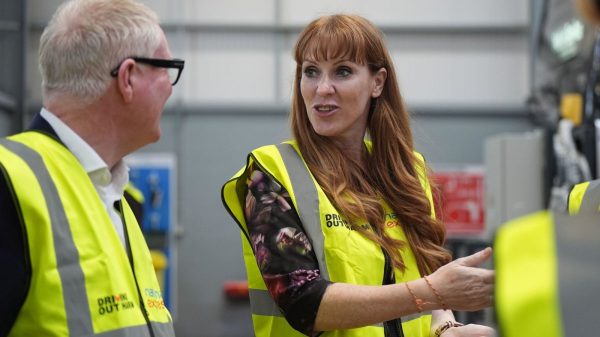Overview of UK Inflation
Experts have identified food prices as the main factor contributing to the recent fall in UK inflation. While prices have risen less compared to a year ago, this increase has been offset by rising fuel costs.
Key Statistics
- UK inflation decreased to 3.2% in March from 3.4% in February, according to the Office for National Statistics.
- This marks the lowest inflation rate since September 2021, although it was slightly higher than economists’ expectations.
Factors Driving the Inflation Trends
Food prices played a significant role in driving the fall in inflation, with prices rising at a slower pace than in the previous year. This slowdown in price increases is expected to provide some relief to households that have been grappling with escalating costs over the past couple of years.
Response from Leaders
Prime Minister expressed satisfaction with the latest inflation figures, attributing the positive trend to the effectiveness of his economic plan amidst challenging times.
Shadow Chancellor highlighted that inflation still exceeds the Bank of England’s target, emphasizing the need for comprehensive economic reforms.
Category-specific Inflation Trends
- Food and non-alcoholic drinks inflation decreased to 4% in March from 5% in February, reaching its lowest level since November 2021.
- Furniture and household goods prices also contributed to the overall fall in inflation, declining by 0.9% compared to the previous year.
- Clothing and footwear inflation slowed to 4% for the month, with women’s clothing prices rising less than usual for this period.
Outlook and Speculations
Economists anticipate a further decline in inflation for April, supported by a drop in energy prices, bringing the Consumer Price Index closer to the central Bank’s 2% target rate.
There is speculation about potential interest rate cuts by the central bank in the coming months, although official statements suggest it may be premature.
Expert Insights
Chief economist at Deloitte emphasized the importance of wage pressures easing for sustained inflation control, noting the significance of ongoing economic revival.
Recent data on wage growth and inflation levels have been positive, indicating progress towards a more stable economic environment.
















































